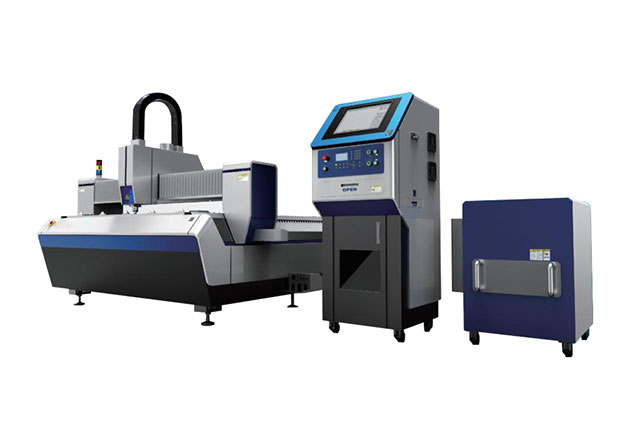WMT CNC Industrial Co., Ltd | All Rights Reserved.Design & Developed by VW Themes

Because it is mainly straight-line cutting, although it can cut a sheet of up to 4 meters in one cut, it can only be used for sheet metal processing that only requires straight-line cutting. It is generally used in industries that only need straight cutting, such as cutting after flattening the plate.
There is more flexibility in curve processing. A punch can have one or more sets of the square, round, or other special requirements punches, and some specific sheet metal workpieces can be processed at one time. The common case is the cabinet industry, The processing technology they require is mainly straight line, square hole, round hole, and other cutting, the pattern is relatively simple and fixed, they mainly face the carbon steel plate below 2mm, the format is generally 2.5m×1.25m, and the thickness is 1.5mm The above-mentioned stainless steels require more molds due to their high material viscosity. Generally, punching machines are not used. The advantage is that the processing speed of simple graphics and thin plates is fast. The disadvantage is that the ability to punch thick steel plates is limited. Even if it can be punched, the surface of the workpiece is collapsed. Mold, the mold development cycle is long, the cost is high, and the degree of flexibility is not high enough. The cutting of steel plates over 2mm in foreign countries generally uses more modern laser cutting instead of punching machines. One is that the surface quality of thick steel plates is not high when punching, and the other is that punching thick steel plates requires a larger tonnage punch, which wastes resources. The noise is too large when punching thick steel plates, which is not conducive to environmental protection.
As the original traditional cutting method, due to its low investment, the processing quality requirements were not high in the past. When the requirements are too high, a machining process can be added to solve the problem, and the market retention is very large. Now it is mainly used to cut thick steel plates over 40mm. Its disadvantages are that the thermal deformation is too large during cutting, the slit is too wide, and the material is wasted. Moreover, the processing speed is too slow and only suitable for rough machining.
Similar to flame cutting, the heat-affected zone is too large, but the accuracy is much greater than that of flame cutting, and the speed is also an order of magnitude leap, becoming the main force in plate processing. The actual cutting accuracy of the domestic top CNC fine plasma cutting machine has reached the lower limit of laser cutting, reaching a speed of more than 2 meters per minute when cutting 22mm carbon steel plates, and the cutting end surface is smooth and flat, and the slope is good and can be controlled. Within 1.5 degrees, the disadvantage is that the thermal deformation is too large when cutting the thin steel plate, the slope is also large, there is nothing to do when the accuracy is high, and the consumables are more expensive.
It uses high-speed water jet doped emery to cut sheet metal. It has almost no restrictions on the material, and the cutting thickness can almost reach more than 100mm. It can also cut copper for ceramics, glass, and other materials that are easy to burst during thermal cutting. , Aluminum and other high-reflective materials such as laser can be cut by waterjet, but laser cutting has big obstacles. The disadvantage of water cutting is that the processing speed is too slow, too dirty, not environmentally friendly, and high consumables.
It is a technological revolution in sheet metal processing and the “processing center” in sheet metal processing. Laser cutting has a high degree of flexibility, fast cutting speed, high production efficiency, and short product production cycle, which has won a wide range of markets for customers. Laser cutting has no cutting force, no deformation in processing; no tool wear, good material adaptability; no matter simple or complex parts, it can be cut with laser precision and rapid prototyping at one time, with narrow slits, good cutting quality, high automation, and operation Simple, low labor intensity, no pollution, can realize cutting automatic nesting and nesting, improve material utilization, low production cost, good economic benefits, the effective life of this technology is long, currently in foreign countries, it is super-structured 2 mm plate Most of the laser cutting is used, and many foreign experts agree that the next 30-40 years will be the golden period for the development of laser processing technology.